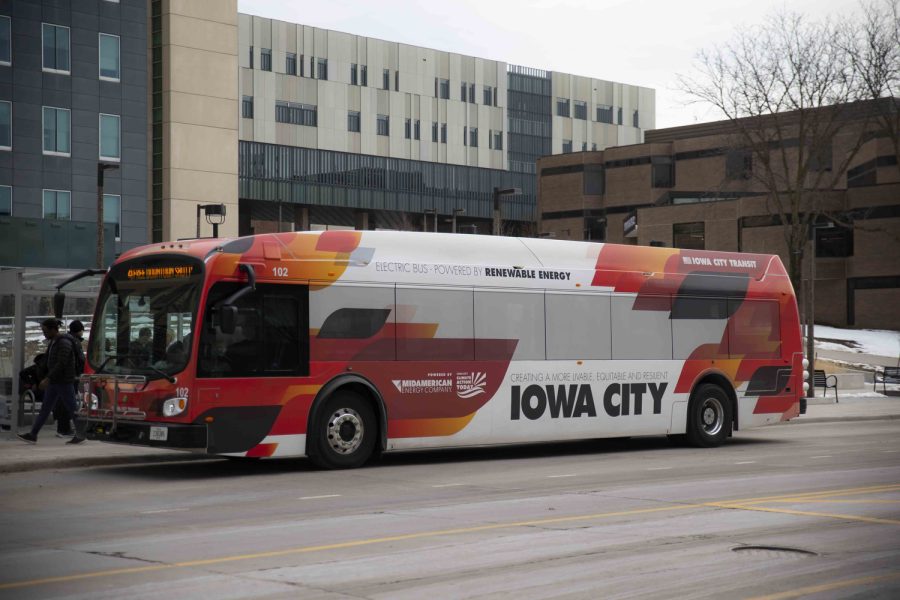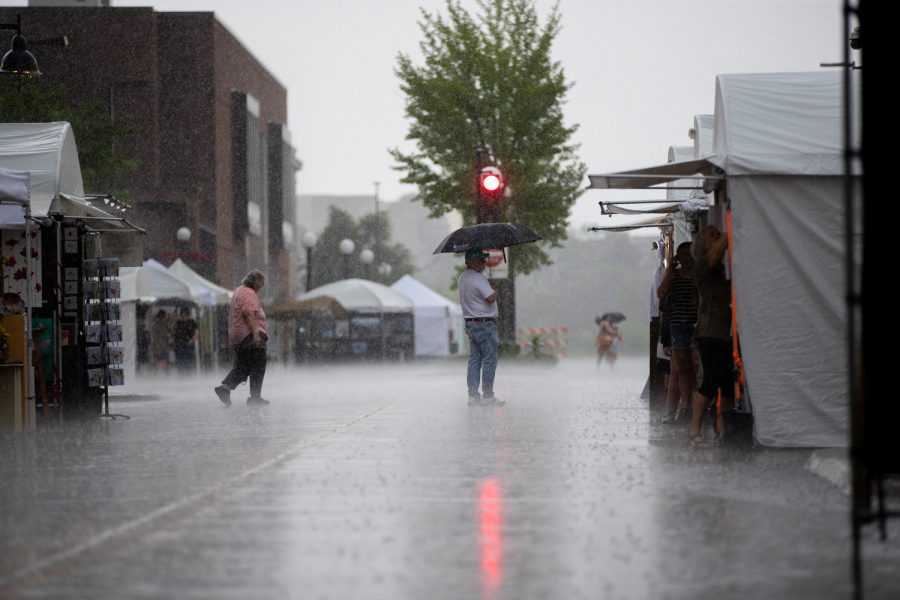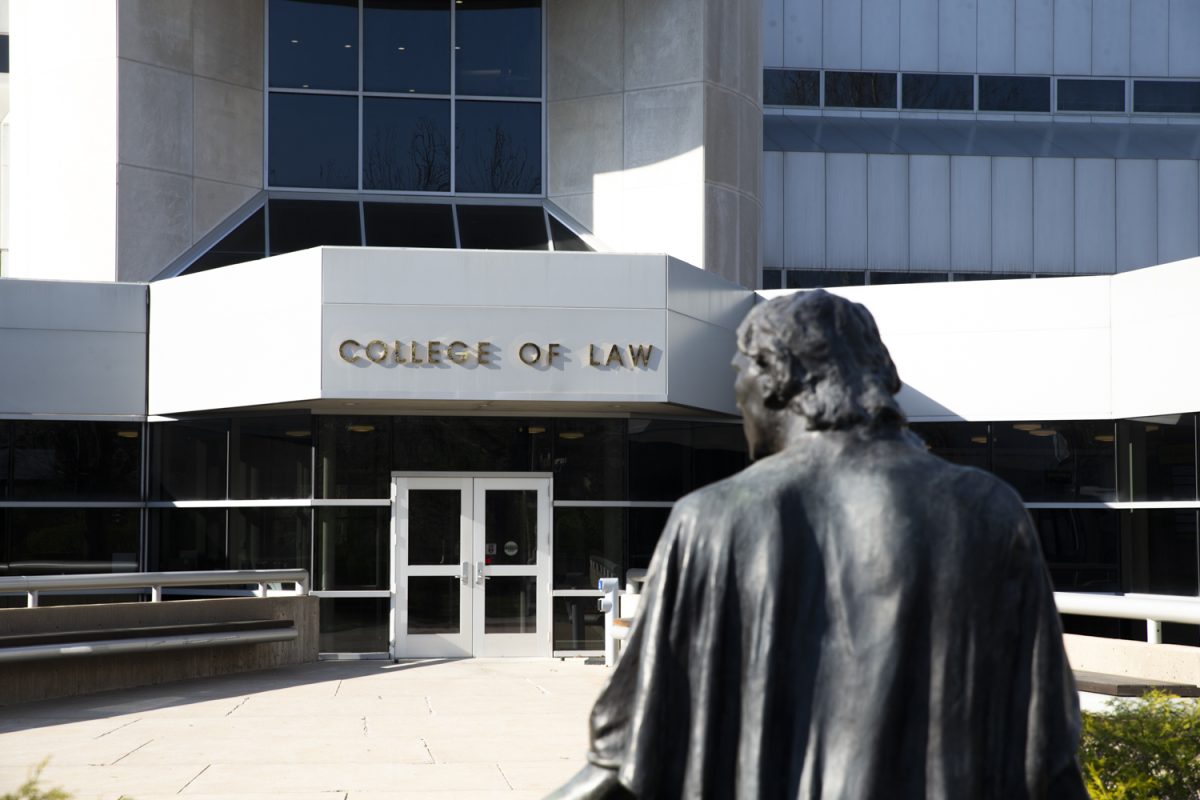As 20,000 bikers cross the state in this year’s RAGBRAI, they will see many of Iowa’s natural wonders, but they probably won’t see many monarch butterflies.
This year, however, a local conservation group is trying to change that through the power of biking.
Kelly Guilbeau, a career counselor at Grinnell College, is riding RAGBRAI dressed as a monarch butterfly to help raise awareness of the the butterfly’s decline as well as to help promote the growth of milkweed plants, which they rely on.
Guilbeau is a member of the group Monarchs in Eastern Iowa, a 400-member strong group dedicated to helping the butterfly population recover.
The group plans on accomplishing the task by handing out around 2,000 seed balls to RAGBRAI riders. The seed balls are Ping-Pong-size balls of soil packed with milkweed seeds.
Easily carried in a pocket, Guilbeau said, they are encouraging the riders to throw them in unmown roadside ditches as they cross Iowa.
“I don’t even have to get off of the bike, and anyone else who picks them up just tosses them while they’re riding,” she said.
Since 1996, the U.S monarch butterfly population has declined from 1 billion to around 33 million.
In 2012, Lincoln Brower, a biology professor at Sweet Briar College, published a paper that examined the three main reasons for the dwindling population: recent severe weather, deforestation in Mexico, and the effect of agriculture on the milkweed plant in the Midwest.
Of the three, Bower said the worst is the near elimination of the milkweed plant.
Milkweed is the only plant monarch butterflies will lay eggs on, and the only food the caterpillars will eat. A 2012 study from Iowa State University estimated more than 60 percent of the Midwest’s milkweed has been eliminated.
Lisbon, Iowa, resident and group member Andria Cossolotto, though she isn’t riding in RAGBRAI, will help the group hand out the thousands of seed balls as the riders enter Mount Vernon, Iowa, on Friday.
“We’re focusing on what we can do, and what we can do is try to increase their habitat and their food supply,” she said.
Cossolotto said the group decided to distribute the seed balls during RAGBRAI because it seemed like an easy delivery system across the state.
In Mount Vernon, the group members will have a booth from which they’ll hand out the balls as well as inform the riders about the decline of the monarchs in general.
As a naturalist for the eight years, Cossolotto said, she’s long been interested in butterflies, a love that was instilled in her during seventh grade by her science teacher father.
In order to accomplish its goal of creating 2,000 seed balls, the group enlisted the help of many community members, including employees of the University of Iowa College of Public Health.
Nancy Wyland, a UI research support specialist in the public health, spent two days last week rolling 600 seed balls along with other members of the college.
The work was done for two days during the employees’ lunch hour. The first day they did it, Wyland said, around six people helped, and the second, there were around 12.
Working in the Department of Occupational and Environmental Health, Wyland said she’s long been environmentally focused, however, she also said there was a more personal reason for getting her hands dirty rolling seed balls.
“Personally, I grew up remembering monarchs being plentiful in this part of the country, and I think it’s been 20 years since I’ve seen a monarch butterfly,” she said. “The populations have dwindled so much, and I’d love to see them come back in larger numbers.”
Even though RAGBRAI is half over, Guilbeau said, the group is starting to plan an even bigger event next year.






